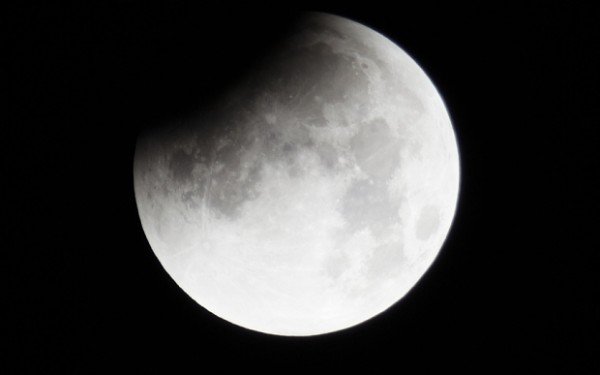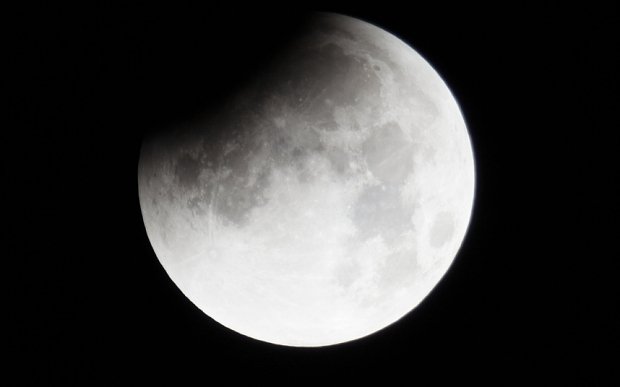Skywatchers around the world have observed a rare celestial event, as a lunar eclipse coincides with a so-called “supermoon”.
A supermoon occurs when the Moon is in the closest part of its orbit to Earth, meaning it appears larger in the sky.
The eclipse – which made the Moon appear red – has been visible in North America, South America, West Africa and Western Europe.
This phenomenon was last observed in 1982 and won’t come again until 2033.
Skywatchers in the western half of North America, the rest of Europe and Africa, the Middle East and South Asia were expected to see a partial eclipse.
From Western Europe, observers saw the Moon pass through the Earth’s shadow in the early hours of Monday morning. In North and South America the eclipse was seen on Sunday evening.
In a total lunar eclipse, the Earth, Sun and Moon are almost exactly in line and the Moon is on the opposite side of the Earth from the Sun.
As the full Moon moves into our planet’s shadow, it dims dramatically but usually remains visible, lit by sunlight that passes through the Earth’s atmosphere.
As this light travels through our planet’s gaseous envelope, the green to violet portions get filtered out more than the red portion, with the result that light reaching the lunar surface is predominantly red in color.
Observers on Earth may see a Moon that is brick-colored, rusty, blood red or sometimes dark grey, depending on terrestrial conditions.
A supermoon occurs when a full or new moon coincides with a Moon that is nearing its minimum distance (perigee) to Earth.
The Moon takes an elliptical orbit around Earth, which means that its average distance changes from as far as 405,000km (its apogee) to as close as 363,000km at the perigee.
The coincidence between a supermoon and an eclipse means that Earth’s lone companion is expected to look 7-8% bigger.
He said a supermoon was to some extent a moveable feast compared with an eclipse, where the timing can be measured precisely.
The supermoon should also not be confused with the Moon Illusion, which causes the Moon to appear larger near the horizon than it does higher up in the sky.
The eclipse began at 00:11 GMT, when the Moon entered the lightest part of the Earth’s shadow, known as the penumbra, and adopted a yellowish color. At 02:11 GMT the Moon completely entered the umbra – the inner dark corpus of our planet’s shadow.
The point of greatest eclipse occurred at 02:47 GMT, when the Moon was closest to the centre of the umbra with the eclipse ending at 05:22 GMT.
Unlike the solar equivalent, a total lunar eclipse event is safe to watch and needs no special equipment.
